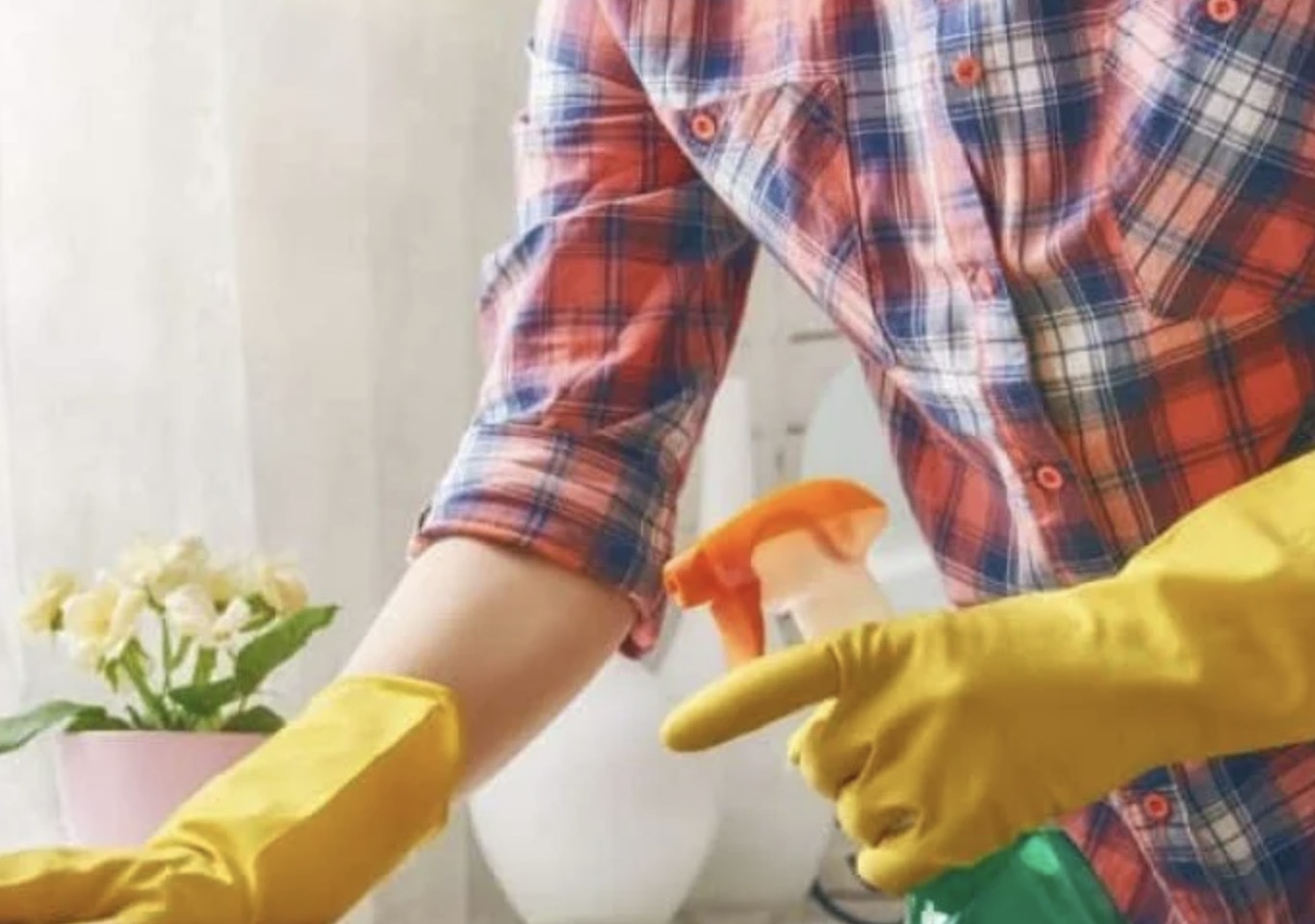If you take a trip down the cleaning product aisle of your local supermarket, you’ll likely become overwhelmed with choices. There are dozens of different products for almost every imaginable application, so how do you choose between them?
How to Always Choose the Right Cleaning Product
These are some of the best strategies for choosing the right cleaning products.
- Consider your goals and needs. Before you get any further, take a moment to consider your goals and needs. Yes, you’re trying to find a cleaning product for a specific purpose, but what kind of cleaning product would be best? Are you looking for a fast, easy solution that doesn’t cost much money? Or are you willing to pay whatever it costs if it means getting a product you know is safe for your pets and children? There are many competing priorities to sort out here, so give it some thought before you start making selections.
- Find specifically designed products. One easy way to find the “right” cleaning product for a given purpose is to look for specifically designed products for that application. For example, some cleaning products are designed for bathroom surfaces, while others are designed for even more specific applications, like cleaning a toilet or a shower. These products are typically engineered to serve a focused niche, which means general cleaning products typically won’t be as effective.
- Be cautious with abrasive cleaners. A common class of cleaning product is “abrasive” cleaners. These products typically contain coarse materials designed to create friction and “scrub” a surface during the cleaning process. This can be highly valuable, especially if you’re dealing with tough stains and a durable surface. In fact, they’re practically necessary in some edge cases. But you also need to exercise caution with them; abrasive cleaning products can do damage to sensitive materials.
- Don’t fall for every labeling trick. Some cleaning product companies like to use creative labeling to make their products seem safer or more effective than they actually are. For example, the term “non-toxic” might trick you into thinking the product is completely safe, but that may not be the case. Just because a product looks good on the label doesn’t mean it is. Dig a little deeper before you pull the trigger.
- Look at the ingredients list. Always spend time looking at the ingredients list. You’ll probably find some agents you don’t recognize and some lengthy chemical names you can’t even pronounce – but you’ll also get a better feel for how this cleaner was created. If you want something safe and natural, you can look for a cleaning product with a handful of recognizable, natural ingredients. Otherwise, you can do some research and get a better feel for how this product works.
- Read reviews and testimonials. Try to get some recommendations. How do people generally talk about these cleaning products? Are there any professional housekeepers who swear by them?
- Think about ease of use. Don’t forget about ergonomics and convenience. The best cleaning product in the world is still going to be annoying to use if you have to mix it and prepare it by hand for 20 minutes before every cleaning. Look for portability, easy dispensing, and intuitive instructions.
- Read the instructions. Speaking of instructions, make sure you read them! If you find carpet cleaner in a spray bottle, you can probably figure out how it’s intended to be used – but to be as safe and effective as possible, you should still read the recommended steps. You might find some helpful tricks you wouldn’t have otherwise tried.
- Run value calculations. Some products are more expensive than others, but why? There are many possible explanations. For your sake, it’s important to estimate the value you get from each product compared to what those products cost; not every expensive product is worth splurging on.
- Live and learn. Finally, be prepared to make some mistakes as you become better acquainted with cleaning agents that are available. When you find a product that doesn’t work as you anticipated or wanted, make a mental note and try something else.
Bonus: Making Your Own Alternatives
Here’s a bonus tip for you: consider making some of your own safe, natural cleaning products at home. You’ll know exactly what’s in them, exactly how they work, and exactly how effective they can be. Simple ingredients like white vinegar, lemon juice, baking soda, and even olive oil can work wonders on various surfaces and materials in your home.
Choosing a cleaning product may still feel intimidating, but you’re armed with more information and knowledge than ever before. The more you understand about the cleaning products you buy and use on a daily basis, the more effective – and safer – your cleaning will become.

